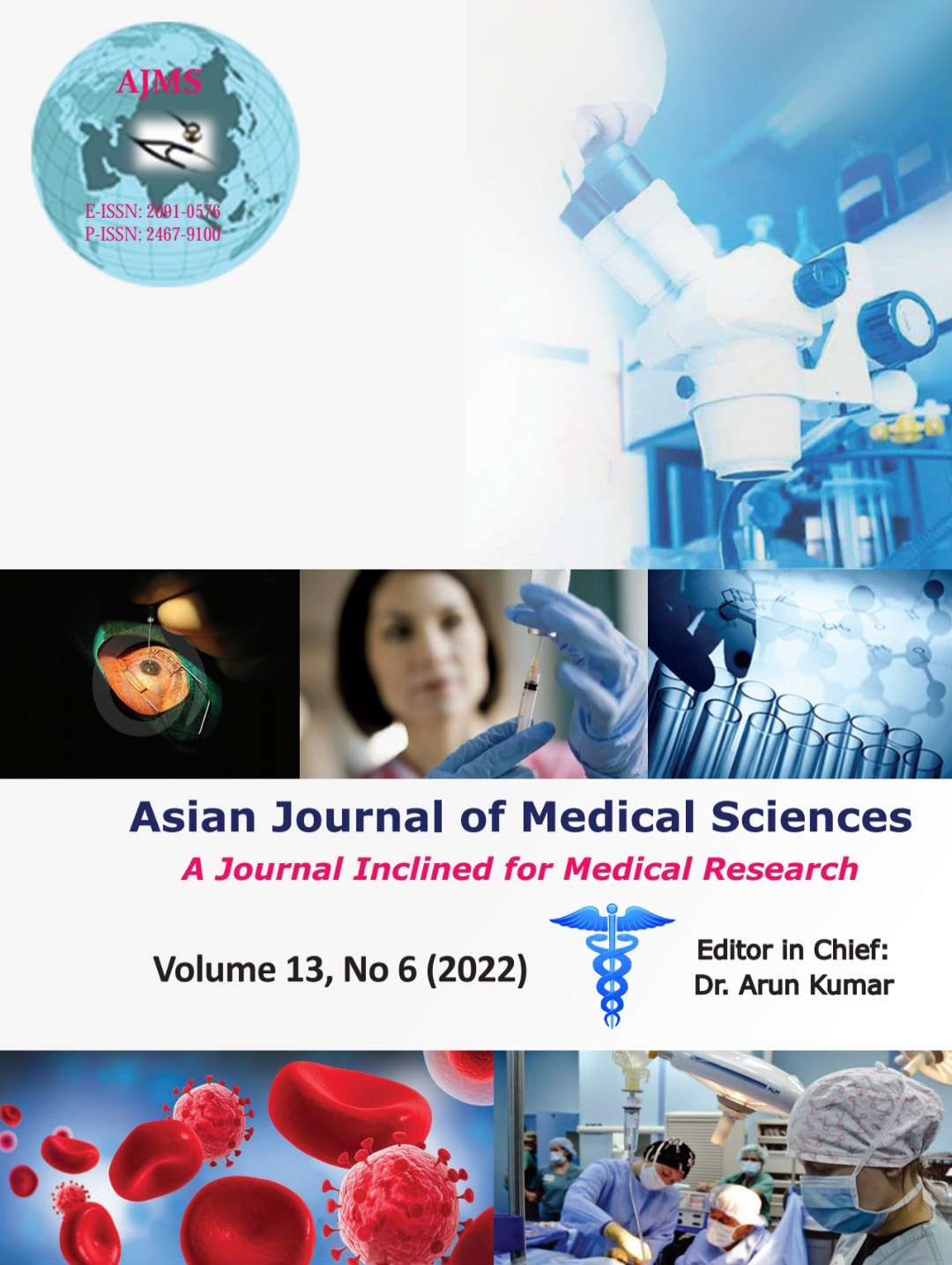Efficacy of admission cardiotocography on neonatal outcome in term pregnancy admitted in labor in a rural-based tertiary care center: A prospective study
Keywords:
Cardiotocography, Efficacy, Labour, Neonatal outcome, Term pregnancyAbstract
Background: Cardiotocography (CTG) is first-line investigation for antepartum and intrapartum fetal assessment. Fetal monitoring during labor helps identifying fetuses at risk of hypoxic damage and helps institute appropriate intervention to optimize perinatal outcome and prevent neurological injuries.
Aims and Objectives: The present study was conducted to evaluate the efficacy of CTG on neonatal outcome and levels of obstetric intervention in term pregnancy admitted in labor.
Materials and Methods: The prospective study was conducted in Bankura Sammilani Medical College and Hospital during June 2019–December 2020 among 180 pregnant women in term having no obstetric complications that warranted continuous monitoring of fetal heart rate admitted in labor. Principles of descriptive statistics were used.
Results: The mothers were classified into three groups such as labor admission test (LAT) reactive, LAT suspicious, and LAT pathological. Majority of the mothers were aged <20 years, nullipara, primigravida, having clear liquor, which underwent emergency LUCS. About 35% mothers were carrying fetus having distress. The newborns of almost 44% mothers were admitted in NICU. The sensitivity of admission CTG to detect intrapartum fetal distress is 84.13%, specificity is 67.52%, positive predictive value is 58.24%, and negative predictive value is 88.76%.
Conclusion: Admission CTG does not benefit the neonatal outcome in normal- or low-risk women and rather results in increased obstetric intervention.
Downloads
Downloads
Published
How to Cite
Issue
Section
License
Copyright (c) 2022 Asian Journal of Medical Sciences

This work is licensed under a Creative Commons Attribution-NonCommercial 4.0 International License.
Authors who publish with this journal agree to the following terms:
- The journal holds copyright and publishes the work under a Creative Commons CC-BY-NC license that permits use, distribution and reprduction in any medium, provided the original work is properly cited and is not used for commercial purposes. The journal should be recognised as the original publisher of this work.
- Authors are able to enter into separate, additional contractual arrangements for the non-exclusive distribution of the journal's published version of the work (e.g., post it to an institutional repository or publish it in a book), with an acknowledgement of its initial publication in this journal.
- Authors are permitted and encouraged to post their work online (e.g., in institutional repositories or on their website) prior to and during the submission process, as it can lead to productive exchanges, as well as earlier and greater citation of published work (See The Effect of Open Access).




